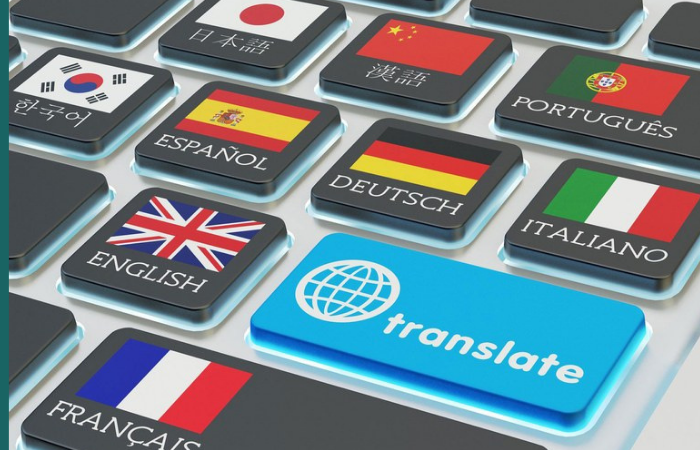The Impact of Technology on the Translation Industry
Innovations in technology always have a far-reaching effect on nearly all related industries. Today, the application of modern technological solutions in various industries is rapidly rising. The translation industry is no different. The application of technological solutions has had a massive impact on every aspect of the industry. This article shall analyse precisely how much these effects can be felt across the board.
Improved Quality
Good translation jobs demand the highest quality output. When technology is used to improve output quality, the enhanced results are always a great thing. Today, there are innovative tools that can be utilised in quality analysis and documentation, to ensure that everything is of the highest attainable quality. They can even be employed during the translation process to improve accuracy and consistency.
Improved Productivity
Technology can be employed to help speed up the overall translation process. This frees up work hours and allows for better quality control while giving translation companies the ability to take up more work. Simple strategies like being able to translate content immediately it comes online as opposed to doing everything in batches have significant impacts on the overall turn around times and speeds. In the long run, this time saved adds up, and the translation companies will be able to have less content work. This means faster turn around times for customers.
Better Connectivity
Since modern translation methods involve the utilisation of several different tools, it is essential to make sure that all these tools communicate with each other. Compatibility is a must because files need to be transferred from one source to another. Having a system of interconnected tools saves a lot of time, effort and money in the long run, easing the translation process as a whole. Additionally, translation services can be very beneficial for many industries, especially for customer service. The technological advancements in translation have ameliorated the quality of customer service as they have to constantly interact with people from different countries and who speak different languages. This eases up their work and reduces their working hours trying to translate themselves or seeking help from professional translators.
E-commerce
Translation technology has changed the e-commerce industry. Studies have shown that 72% of consumers spend all their time on websites in their native languages. This means that if you are an e-commerce business, you have access to 72% of a niche by simply listing in that specific language. When 50% of people trust products in languages that they speak, and 54% of consumers believe language is more important than price, the importance of good, high-quality translation in the e-commerce space becomes more and more apparent. Additionally, many e-commerce shops now use this technology to customise coupons for specific countries and tailor them for their language, making the clients feel appreciated and cared for
High Tech Trends
The use of technology in translation has brought with it important trends that are rapidly changing the translation industry landscape. Some of these trends include:
Machine Translation
The use of machine translation and AI helps to get increasingly more accurate and natural sounding results. Currently, deep learning algorithms are setting the pace when it comes to the realms of possibility today. Machine learning technologies can study material that is fed into it and produce similar results when new material or challenges are introduced. There are several solutions today that can produce professional level translation results especially for repetitive translation projects with no cultural context. However, machines are getting smarter, and they will soon be able to handle everything that is thrown at them regardless of complexity.
Computer Aided Translation Tools
More and more free translation tools are being developed every day. Each of these tools have their own unique sets of features, which make them possible to achieve a large variety of functions right from your computer, This has made the everyday translation process easier and more efficient.
The current trend is the simplification of most of these tools. For example, Adobe has been steadily reducing the complexity of most of its software to accommodate the needs of less seasoned users. Before, even seasoned users would have had a hard time figuring out how to work most Adobe software.
Paying For Customized Data
This is another trend in the translation industry. AI requires the collection and storage of large amounts of data that are then stored and utilised at a later stage. In the translation industry, this can be of vital importance, since machine memory is basically the backbone of the technology. The ease and convenience of personalised services is also an added advantage. However, some privacy concerns come with this approach. In the end, however, most people are willing to sacrifice a little bit of their privacy to take advantage of the perks that come with customisation. Luckily, with the leaps and bounds being made in technological innovations, more robust privacy solutions are increasingly more achievable and accessible to the average user.








